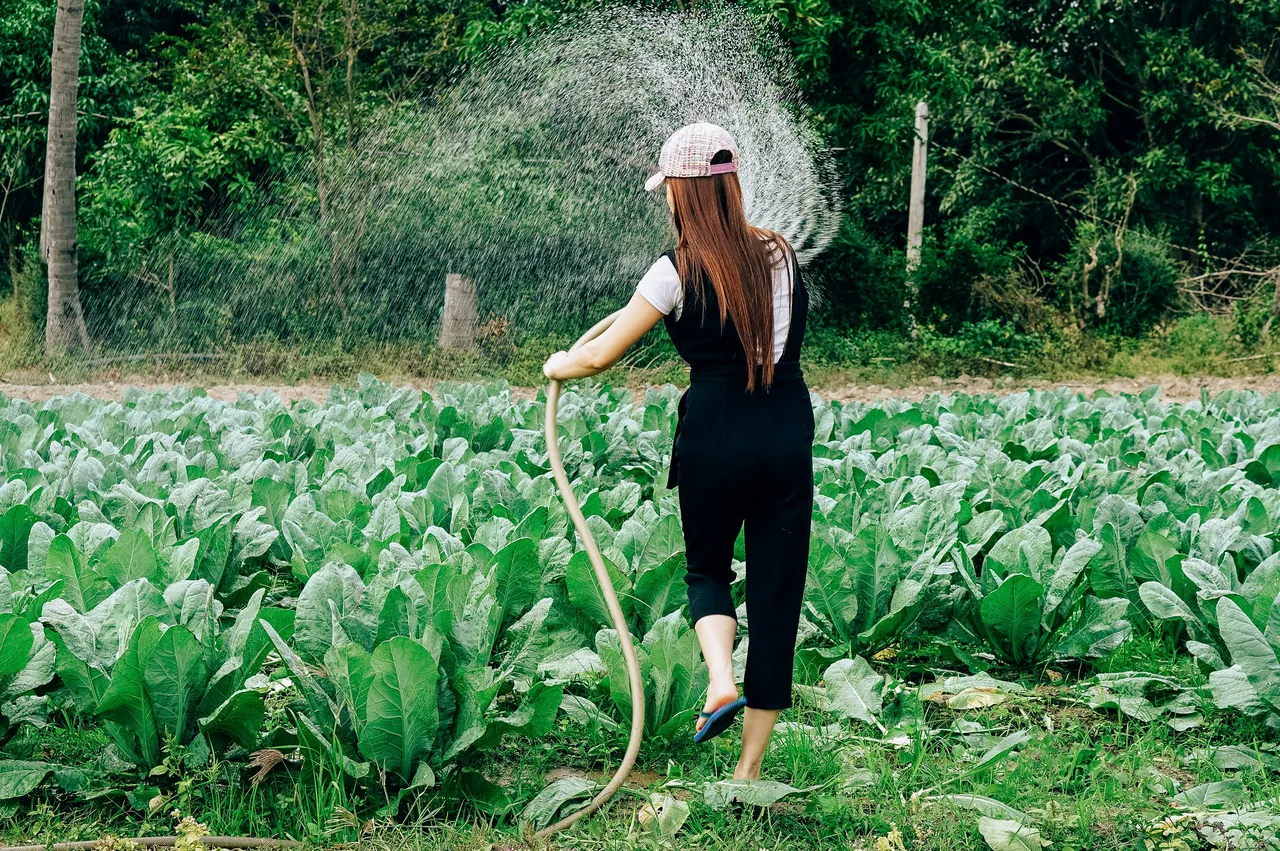The Secret Life of Plants: Understanding Plant Communication and Behavior
Have you ever wondered how plants communicate with each other? It turns out that the world of plants is far more complex than we might think. From sharing nutrients to warning each other of impending threats, plants have developed intricate ways to interact with their environment and each other. Understanding these communication methods can significantly enhance our gardening practices. This knowledge allows us to cultivate healthier and more resilient gardens.
Understanding Plant Communication
Plants communicate primarily through chemical signals known as volatile organic compounds (VOCs). VOCs are chemicals that plants release into the air, especially when they are under threat. For instance, when a plant is attacked by herbivores, it can emit these chemicals as an alarm to neighboring plants. This prompts them to bolster their defenses. For example, a tomato plant attacked by caterpillars may emit VOCs that signal nearby tomato plants to prepare their own defenses. This makes them less appealing to pests (Richard Karban's Research).
Chemical Signals
VOCs play an important role in plant communication. These chemical signals inform neighboring plants about potential threats. This allows them to activate their defense mechanisms. This fascinating form of communication showcases the interconnectedness of plant life. It highlights the significance of understanding these signals for effective gardening (Leaf Language and Root Words).
Root Communication and Mycorrhizal Networks
In addition to aerial signals, plants also communicate through their roots. Root exudates are substances secreted by plant roots. They play a key role in this underground communication. These exudates can convey information about nutrient availability and signal distress to neighboring plants. Moreover, mycorrhizal networks, formed by beneficial fungi that connect the roots of different plants, allow for nutrient sharing and information exchange. This interconnectedness enhances the resilience of plant communities, making them better equipped to face environmental challenges.
The Role of Sound in Plant Communication
Recent research has revealed that plants can produce sounds, particularly in ultrasonic frequencies that are inaudible to humans. These sounds may serve as a form of communication, alerting nearby plants to stress or danger. For instance, studies have shown that when plants are under threat, they can emit sounds that signal their condition to neighboring plants. This potentially influences their growth and behavior. Imagine a plant "talking" to its neighbors, warning them of an impending pest invasion!
Cognitive Abilities of Plants
Plants exhibit remarkable cognitive abilities. They adapt their behaviors based on environmental cues and previous experiences. For example, some plants can recognize their relatives and alter their growth patterns accordingly. This ability to distinguish between kin and non-kin can influence resource allocation. It ensures that closely related plants receive the nutrients they need to thrive (Biosemiotic Perspective).
Practical Applications for Gardeners
Understanding plant communication opens up new avenues for gardeners. By recognizing how plants warn each other of pests, gardeners can implement strategies like companion planting. This involves growing specific plants together to promote healthy growth and pest resistance. For example, planting marigolds alongside tomatoes can deter harmful insects. This creates a thriving garden ecosystem. Additionally, utilizing plants that engage in mutualistic relationships through mycorrhizal networks can improve soil health and nutrient availability. This leads to more productive gardens (Broader Impacts of Plant Communication).
Conclusion
The secret life of plants is a fascinating realm filled with intricate communication methods and behaviors. By understanding how plants interact with each other and their environment, gardeners can make informed decisions that enhance their gardening practices. Embracing these insights fosters healthier plants and deepens our appreciation for the complex lives of the flora around us. So, the next time you step into your garden, remember that your plants are not just silent observers. They are communicating, sharing, and thriving in ways we are only beginning to understand.
This article was developed using available sources and analyses through an automated process. We strive to provide accurate information, but it might contain mistakes. If you have any feedback, we'll gladly take it into account! Learn more


